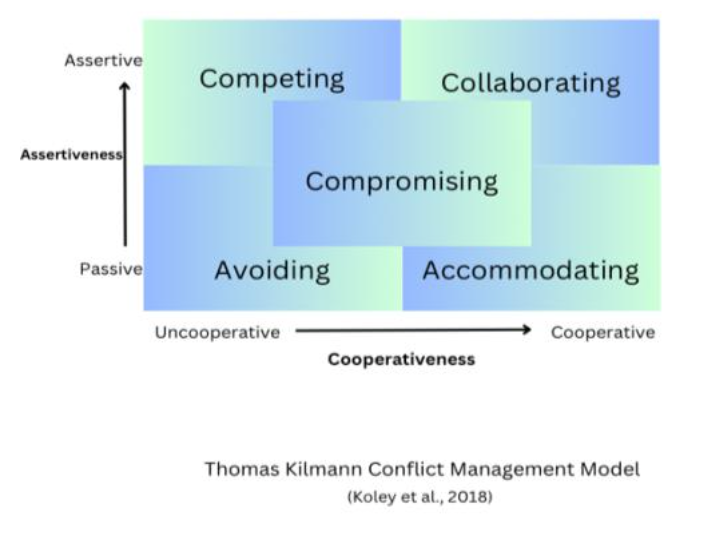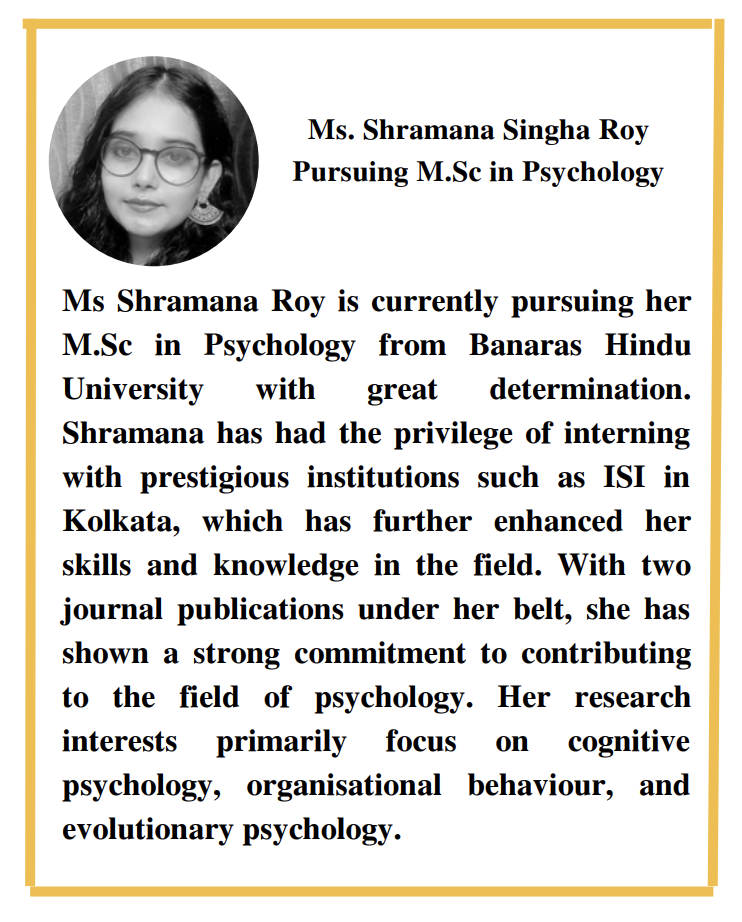“A successful person finds the right place for himself. But a successful leader finds the right place for others.” – John C. Maxwell
Management and leadership are two terms that become very common as we grow up. We first encounter these concepts in the classroom, both in school and college, and later in organisational settings, where we see very few people managing a whole team. The idea of management is something that we learn over time, and the journey starts in school. However, not all students or employees end up as leaders. This suggests that there may be individual factors that make a person more suitable for a leadership position, even if they have the same level of experience as someone else.
In any social setting where two or more personalities and opinions are present, conflict is expected. A little bit of healthy conflict can be good as it provides an opportunity to check respective opinions, but unresolved conflict creates an unhealthy organisational environment for both parties involved. This can affect long-term performance and break mutual trust and commitment. Therefore, effective conflict management in any organisational situation is crucial. But who is responsible for managing conflict in an organisation, and do they need any specific qualifications? The human resources manager is typically responsible for this task. How a manager resolves conflict depends on several personal and social factors, including their expertise, sense of responsibility, and commitment, as well as organisational pressures, the severity of the conflict, and the number of people involved.

Now to effectively resolve any conflict, a critical analysis of the situation and its underlying reasons is crucial. The manager needs to be unbiased and view the situation from a third-person perspective. Here managers use several strategies to modify the situation. One model which is very prominent and highly used is the model by Thomas Kilmann. According to this model:
• High assertiveness and high cooperativeness results in collaboration.
• High assertiveness and low cooperativeness results in competition.
• Low assertiveness and high cooperativeness results in accommodation.
• Low assertiveness and low cooperativeness results in avoidance.
To resolve conflict and create collaboration in an organisation setting following steps can be followed:
- Understand the conflicting situation: To effectively resolve a conflict or problem, it is crucial to understand its root causes, the parties involved, and its impact on organisational growth. To achieve this, the manager should initiate a discussion with the parties directly involved in the conflict.
- Create awareness and make them see the future : As a leader, it is your responsibility to ensure that all people who may be directly or indirectly affected by the conflict are taken into consideration. It is also important to help your subordinates understand the potential long-term consequences of their actions.
- Consider suggestions: In many cases, it has been observed that using only top-down suggestions to manage conflict is not effective. Instead, giving everyone involved a chance to participate in finding a solution can create a sense of personal responsibility and ownership towards resolving the conflict.
- Implementation: Implement the suggested solution that has been modified based on the input of all parties involved. Monitor the situation closely and conduct mid-term evaluations to determine if the solution is effective or if further modifications are necessary.
- Check the status of conflict and be considerate: It is very important to acknowledge that a conflict is not a pleasurable incident, it creates a lot of psychological, physiological as well as organisational stress. Therefore give time don’t rush.
It is difficult to classify conflict as good or bad, but if a conflict becomes chronic, causes distress for the involved parties, and results in decreased effort, it is a red flag. To address the issue, it is recommended to encourage the conflicting parties to interact as much as possible and to reinforce the importance of discussing the matter fully. By letting them find a practical solution, collaboration can be increased.
References
Koley, G ; Rao, S. (2018). Adaptive Human-Agent Multi-Issue Bilateral Negotiation Using the Thomas-Kilmann Conflict Mode Instrument.
About the Author


